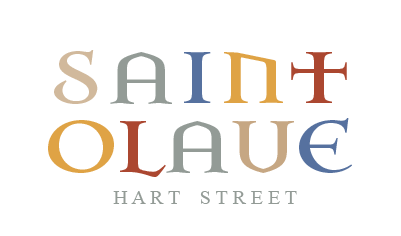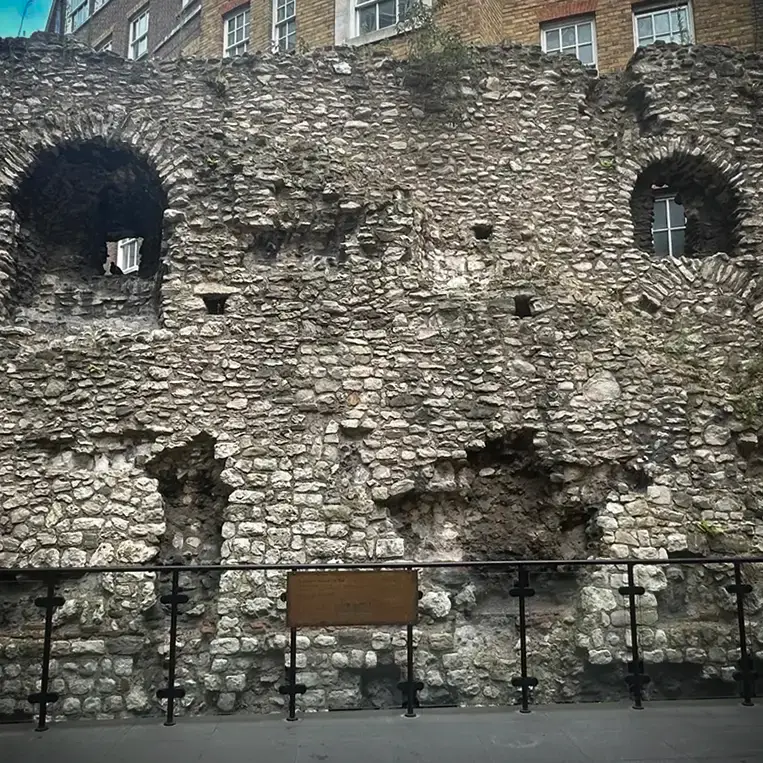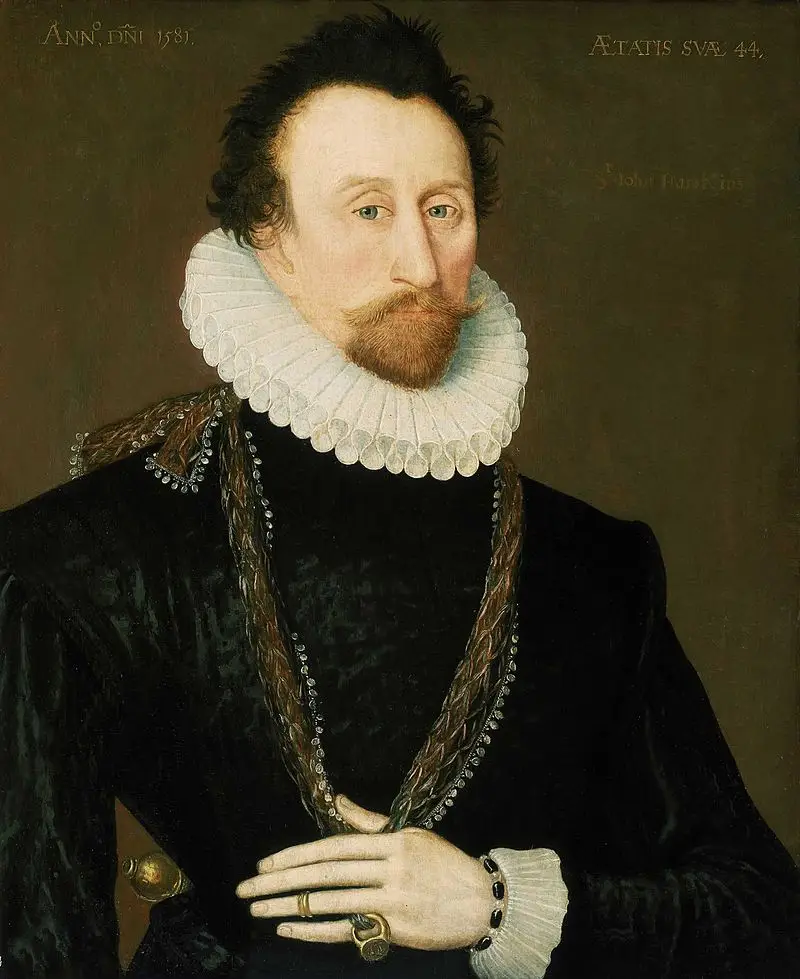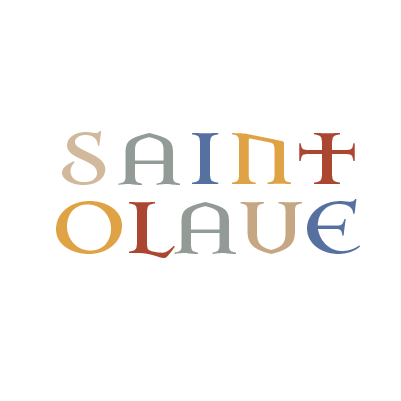
© Copyright – OceanWP
It has become evident and painful that the Church of England and the City of London were complicit in the continuation and consequences of the Transatlantic Slave Trade and much wealth and inequality has been generated through slavery.
As a church this is something we must face, repent of and learn from, as racism continues to the present.
In the 2nd century AD, Septimus Severus, an African born Roman emperor raised in modern day Libya commissioned the building of London’s Roman walls using British slaves in response to an uprising by the native Roman governor.
The lives of enslaved people living under Roman control could be significantly shortened, hard and brutal.
Nearby, when the Tower of London was constructed following the Norman invasion of 1066, according to the Doomsday Book in 1086, 10% of English people were slaves.
Slavery was common throughout Europe with the exploitation of slavic people particularly egregious, providing the origin of the term “slave”from the French and latin origins of the word Slav. Today, St Olave’s regularly hosts a Slavic church who regularly worship here.


John Hawkins effectively set the pattern that became known as the English slave trade triangle. Born in Portsmouth, he resided on Myncing (today Mincing) Lane within the parish of St Olave; there are no memorials to Hawkins in the church but he was a benefactor of nearby St Dunstan’s-in-the-East being memorialsed there (since destroyed by enemy action in WW2) and in the City of Plymouth.
It is in Myncing Lane that he may have conceived the idea of the slave triangle between England, Africa and the New World based upon the existing transatlantic slave trade triangle he had observed in the Canary Islands as practiced by the Spanish since 1520.
In 1562, he led an expedition from Plymouth, violently capturing 300 Africans in Sierra Leone and transporting them to Spanish plantations in the Americas.
There he traded them for pearls, hides and sugar. In the 1560s, Hawkins prepared the path for the slave triangle between England, Africa and the New World though the trade all but stopped between 1568 until 1640. English goods were traded in West Africa for slaves and traded on the notorious middle passage across the Atlantic with cargo produced in the New World then transported back to England.
Mincing Lane, owing to its proximity to the Pool of London, the inland centre of England’s maritime trade became host to a number of merchants who were engaged in transportation across the Atlantic including slavery and other economic activities that involved it through the growth and export of goods to Europe including tobacco and sugar. The concentration of this activity was largely as a result of City of London possessing a monopoly upon the transatlantic trade of enslaved people in England until 1730, after which ports such as Liverpool and Bristol grew significantly.
Slavery was a ubiquitous aspect of economies and trade in both regional and global theatres of activity practiced by different cultures and peoples around the world. It was permitted, promoted and enabled by governments, races and religions of many different origins such as those originating from China, India, Native America, Maori, Arab and Europe. Tragically, the barbarism of enslavement still persists to this day in numerous forms of enslavement around the world over two hundred since slave trade was abolished in Britain.
One of the challenges in interpeting and understanding the history of our Parish’s involvement in slavery is our ability to interpret surviving historical records and the partial insights into truth that they provide.
One instance is in the merchant, Paul Bayning, who is memorialised in the church. He was predominantly involved in trade with Venice and the Levant. Upon his death on September 30th 1616 he left a bequest of £10 to the church’s rector, John Simpson “upon instructing Anthony my Negro in the principles of the Christian faith and religion when he shalbe fitt to be baptised” with half to be paid upon its successful completion.
We do not know whether Anthony was an enslaved person or not and we do not know if his instruction into the Christian faith was done so with or without his consent.

In 1775, Jonathan Strong, an enslaved eighteen year old was brought to London from Barbados by his slave master who then brutally beat him with a pistol. Bleeding badly and left mostly blind, Strong found refuge at medical clinic for the poor on Mincing Lane.
It was there that he made a strong impression upon the physician’s brother who was visiting, Granville Sharp (1735–1813).
Strong was taken to hospital by Sharp and his brother, who also paid for months of treatment but Strong was recaptured shortly after becoming well enough to leave by his enslaver.
Granville Sharp took up Strong’s case in court defeating his enslaver, though tragically he died from complications with his injuries at the age of 25.
Sharp took on the mission subsequently to gain a definitive legal ruling regarding whether a man could be taken against his will from Britain and forced into slavery.

As slavery continues today, we continue to examine ourselves, take action and repent.
A PRAYER TO END MODERN SLAVERY
Written by the Rt Revd Simon Burton-Jones, the Bishop of Tonbridge.
Lord, you are a God who sets the captives free.
Your Spirit searches restlessly for those in despair, that they may find the life you are calling them to. We pray for those who are being trafficked and callously put to work in our region. On the cross, you were powerless and subject to the cruelty of others. Look with mercy on those who suffer this way. May we, who are blinded by the shallow distractions of daily life, feel the fear of the cornered and be roused to action. Through Jesus Christ our Lord. Amen.
St. Olave 8 Hart Street, London, EC3R 7NB Registered Charity No:1130893
Phone: 020 7488 4318
Email: admin@saintolave.com
Sunday Morning Service
@11AM
Tuesday Afternoon Service
@12:30 PM
Monday: 10:30am to 5pm
Tuesday: 8:30am to 5pm
Wednesday: 8:30am to 5pm
Thursday: 8:30am to 5pm
Friday: 10:30am to 5pm
Saturday: Closed
Sunday: 10:50am to 1pm

© Copyright – OceanWP
By continuing to use this website, you consent to the use of cookies in accordance with our Cookie Policy.
Accept